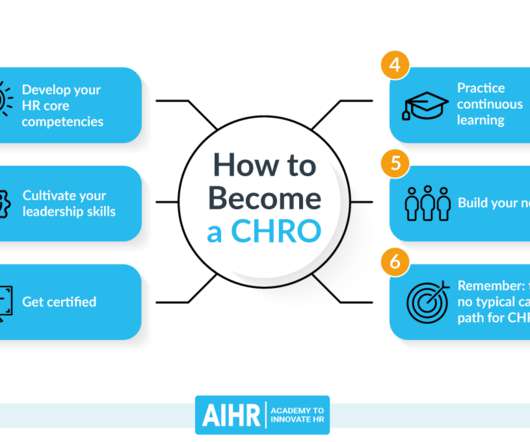HR Business Partner: All You Need To Know About the Role
Analytics in HR
JULY 7, 2023
Before they talk to the manager, they look at the data from turnover to learning and development rates to see where the manager needs help. “Providing opportunities for learning and career development is a key strategy for aligning business objectives with employee needs. The second kind of HRBP is much rarer.






















Let's personalize your content